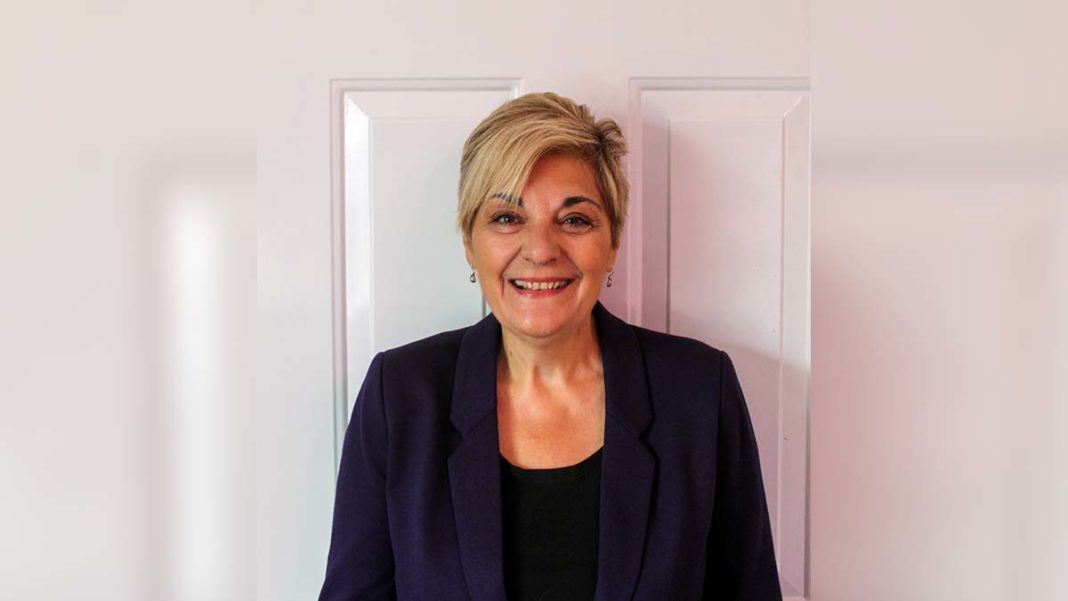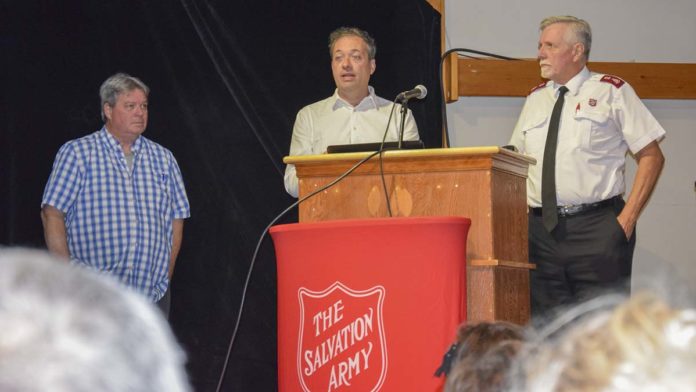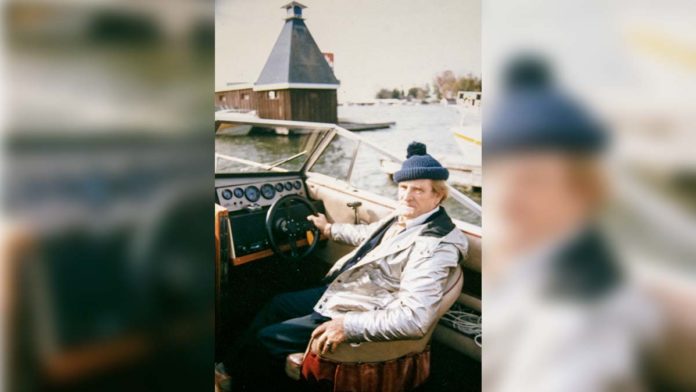GORE BAY—Gore Bay resident Maria Chovaz recently completed a 10-week course to become a Gladue report writer through Indigenous Perspectives Society British Columbia, which is in partnership with Royal Oaks University. “If I can submit only one Gladue report which results in an Indigenous person’s trauma being heard, then I believe that will have fulfilled my life’s purpose,” said Ms. Chovaz.
Ms. Chovaz immigrated to Canada from Greece as a child in 1965. “When my parents and I immigrated I was a child. We left poverty and the fear of political persecution and imprisonment behind for the promise of a secure and peaceful life,” she said.
“For many years, life was good. My parents found work. I went to school and together with other fellow Greeks, we would praise this country and its government for the kindness afforded us and for the opportunities we would never have realized in our homeland. We lived a sheltered life, socializing with our Greek friends and did not pay much attention to the news around us unless it affected us directly and so life continued until six or seven years ago when a friend mentioned that he had just completed a 12-week online course offered by the University of Alberta, called ‘Indigenous Canada.’”
As a passionate life-long learner, Ms. Chovaz jumped at the chance to learn something new. She also purchased a copy of the Truth and Reconciliation Commission report and began reading that. “I was devastated by the horrors and atrocities committed by the country I had come to love and call home for the better part of 50 years,” she said.
“This was a Canada I could not recognize,” she continued. “As an immigrant, I experienced feelings of guilt. As a human being, I felt helpless. I could not stop reading about residential school horrors and their effects through generations.”
She learned about the forcible removal of children from their families and communities, about the abuse children suffered at the schools. “I could only imagine how traumatized and broken these children were when they left the schools,” said Ms. Chovaz. “Since the last residential school closed as recently as 1996, many of the current survivors are children and grandchildren of survivors.”
Ms. Chovaz had first heard about the overrepresentation of Indigenous people in the Canadian justice system in a women’s drum circle she was a member of. By then, she had developed a passion for learning more about the issues faced by Indigenous people, specifically in the justice system. “I truly believed that lengthy incarceration would further traumatize them and would contribute little, if anything, to rehabilitation and healing,” she said.
Indigenous people are overrepresented in Canadian jails. In 1991, Indigenous people made up approximately three percent of the Canadian population but comprised 11 percent of the federal prison population. As of 2016, three percent of the adult population in Canada was Indigenous but 26 percent of the people admitted to provincial and territorial correctional services were Indigenous. In federal jails in 2016, 31 percent of the female population were Indigenous, while 23 percent of the male population were Indigenous. By April of this year, fully half of the women sentenced to federal prisons were Indigenous.
Ms. Chovaz retired from her bookkeeping career two years ago and has been taking online courses since then, learning more about Indigenous cultures in Canada and about the struggles and challenges Indigenous people continue to face. “Taking courses and learning is fine, but something was missing,” she noted.
When someone told Ms. Chovaz she should learn about the Gladue report, she did and was elated.
“Here was something concrete, something that would actually tell a person’s story to the people that mattered,” she said. “The judge, the Crown and the defence. Here was an opportunity for the intergenerational trauma to be validated and recognized as a factor in someone’s behaviour, thus paving the way to healing and wholeness.”
When she found the Indigenous Perspectives Society’s website and the course offering, it was only natural for her to register. Ms. Chovaz has recently completed that program.
A Gladue report is made available in court when an Indigenous person is facing a loss of liberty, explained Ms. Chovaz. The origins of the Gladue requirements date back to 1992, when the federal government undertook some of the most comprehensive revisions to Canada’s Criminal Code (CC) sentencing provisions in its history. The changes impacted how all offenders were sentenced but also created space for significant changes in the sentencing of Indigenous persons.
The most important of those changes were contained in what would become s.718.2 of the CC, which states that a court must take into consideration all available sanctions other than imprisonment for offenders that are reasonable under the circumstances and consistent with the harm done to victims or to the community before imposing a sentence. These sanctions should be considered for all offenders, with particular attention to the circumstances of Indigenous offenders.
Essentially, this means that in the Canadian criminal justice system, judges must take into consideration the individual circumstances of the person before them in court in order to determine a fit and fair sentence. For an Indigenous person charged with a crime, the judge must consider the individual circumstances that may have contributed to that person getting in trouble with the law.
In 1999 in a case called Gladue, the Supreme Court of Canada said that colonialism creates challenges for many Indigenous people and they are more likely to be sent to jail. The challenges of colonization faced by the person’s family and community include racism, loss of language and culture, removal from land, residential and day schools, and being placed in foster care.
“So the Gladue report takes into account their history, community, family and should go back three generations if possible,” said Ms. Chovaz. “As a Gladue report writer, I will interview the offender, community members, family, friends, mental health and addiction counsellors.”
Gladue reports also suggest options for sentencing or an alternative path forward, she said. A probation officer may bring forward a Gladue submission or a pre-sentence report, but the Gladue report contains more information. A Gladue report is generally 10 to 20 pages long and can take eight weeks or longer to write.
“It is very important that people are aware of this program,” Ms. Chovaz said. “There are few Gladue report writers and it’s a very time sensitive report.”





